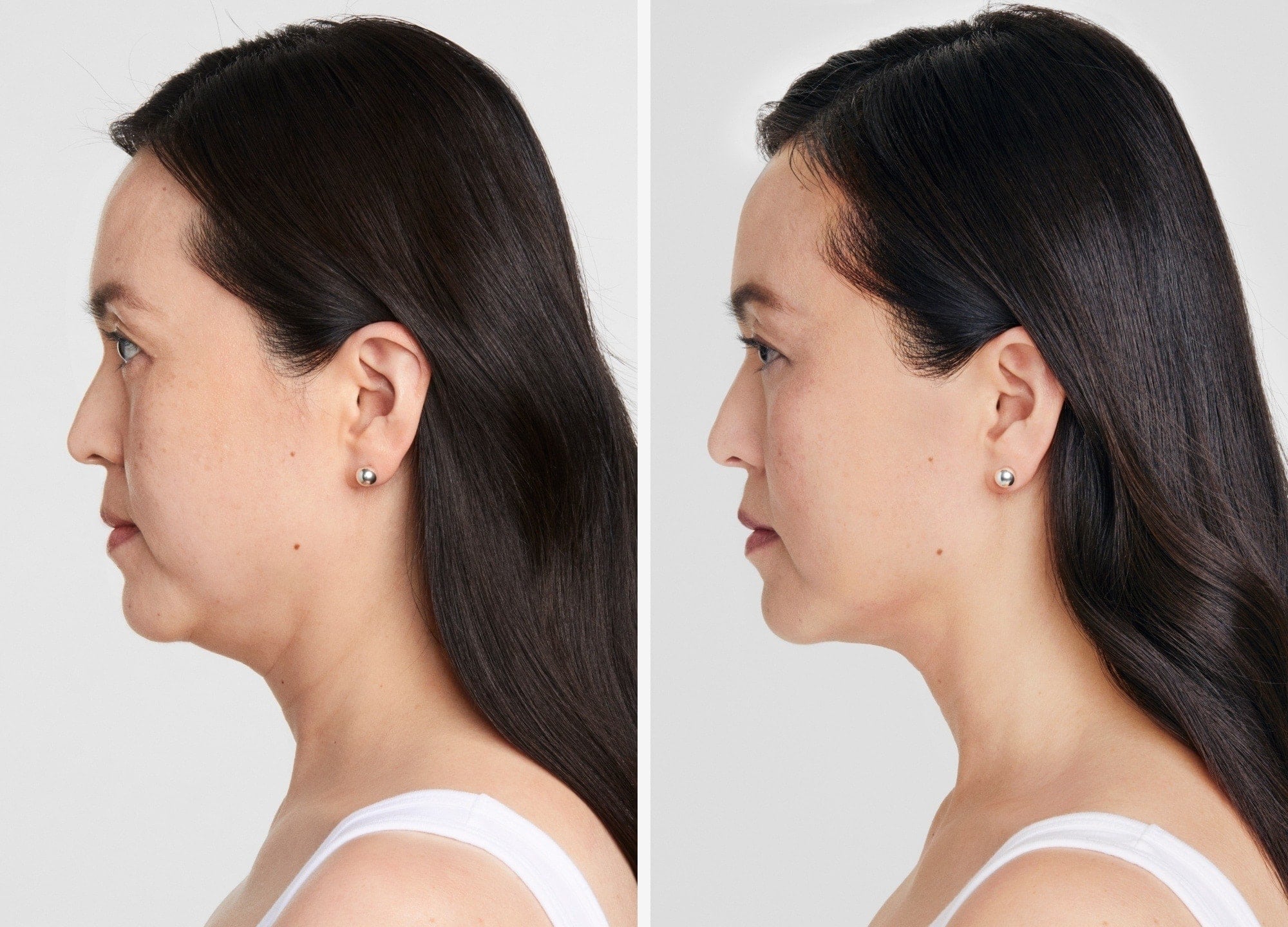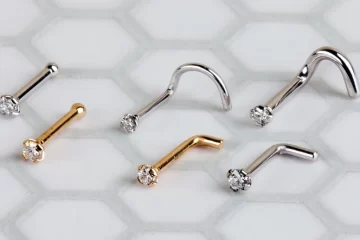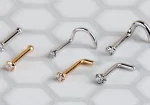Ultherapy: How Does it Work?

Ultherapy is a way to get a facelift without having surgery. It fights signs of ageing, such as sagging skin, wrinkles on the face, neck, and chest, or a sagging brow. This FDA-approved technology helps the body make more collagen, making the skin look younger overall.
How does Ultherapy Function?
Unlike other procedures such as the Rejuran (which employs injectables), ultherapy uses focused ultrasound energy to target areas below the skin at the optimal temperature to help collagen grow back. The heat from the applicator is directed at different depths and affects three layers:
- skin
- muscle
- wrinkles
The energy from the ultrasounds stimulates collagen and elastic tissue, which should make the skin firmer and less likely to sag or get wrinkles.
Getting Ready for Ultherapy
Little is needed to get ready for the procedure. Before and right after the process, you can still eat, drink, exercise, and go to work as usual.
Before treatment, you should remove your makeup and other skin care products from the area you want to treat. Before the procedure starts, you can take painkillers or anti-inflammatory drugs if your doctor tells you to. If you can’t drive after taking these medicines, be sure to arrange transportation in advance.
The Process of Ultherapy
Your provider will clean any oil or residue off the target area and put an ultrasound gel on it. Next, your provider will put the ultherapy device against your skin and use an ultrasound viewer to set the device to the correct settings. The ultrasound energy is then sent to the areas that need it. During treatment, you might feel hot and tingly for a few seconds at a time. Rest assured, any discomfort will be treated with pain medication.
Depending on the treatment, a single procedure can take up to 90 minutes. For example, the chest takes about 30 minutes to treat with ultherapy, while the face and neck can take anywhere from 60 to 90 minutes.
Common Target Areas for Ultherapy
Most people use it on their face, neck, and chest. Other areas of focus are:
- below the chin
- chest area
- eyebrows
Risks and Side Effects
Generally, heat and tingling feelings go away quickly after the procedure.
In the hours following the procedure, the treated areas of skin may become flushed or red, and they may feel tingly, swollen, or tender for a short time. There may be some bruising or numbness in rare instances, but these side effects usually fade away after a few days.
What to Look Forward to After Ultherapy
Most of the time, there is no downtime with ultherapy. After treatment, you can resume work, exercise, and socialising immediately.
Depending on how quickly your body makes new collagen, you may see the first results of ultherapy within a few days. The results can improve for up to three months. The effects will last as long as your body keeps making new collagen and until the natural ageing process takes over again. You can decide if you need more ultherapy sessions based on how your skin reacts to the treatment.
The Costs of Ultherapy
The price of ultherapy in Singapore depends on a few factors, such as the area(s) of treatment and the number of sessions completed.
Since the exact cost can vary from person to person, calling an ultherapy provider in your area might help you get a better idea of how much it will cost. Unfortunately, insurance does not pay for ultherapy.












